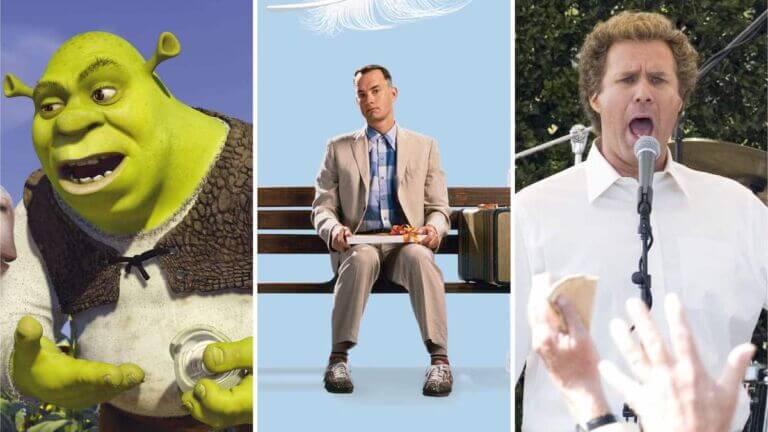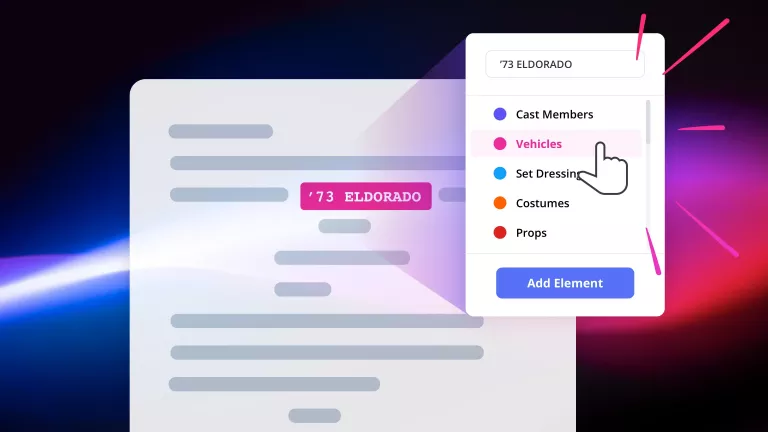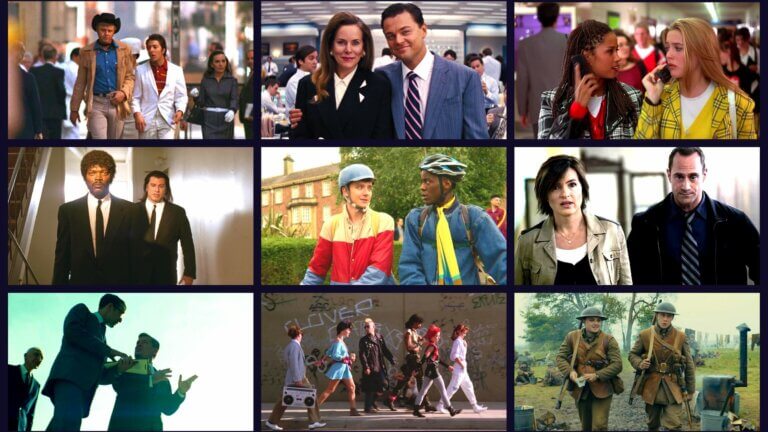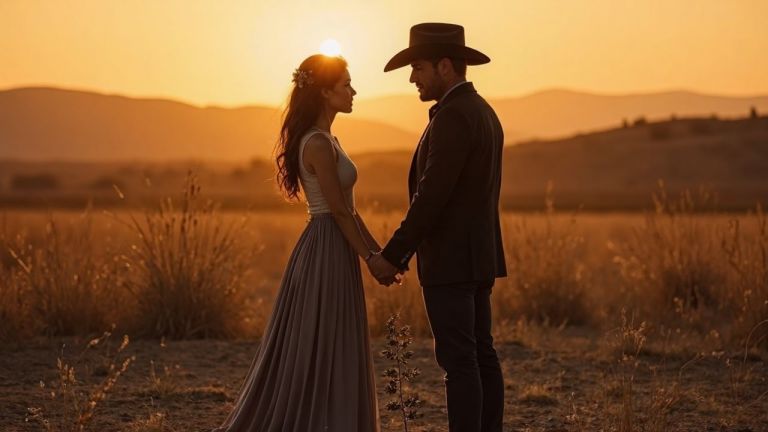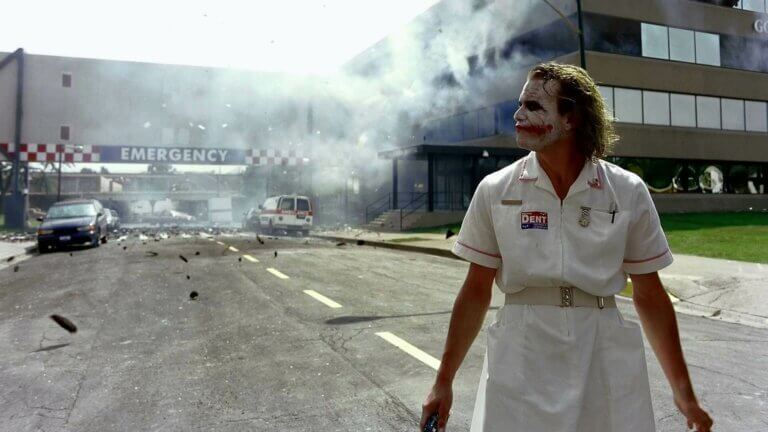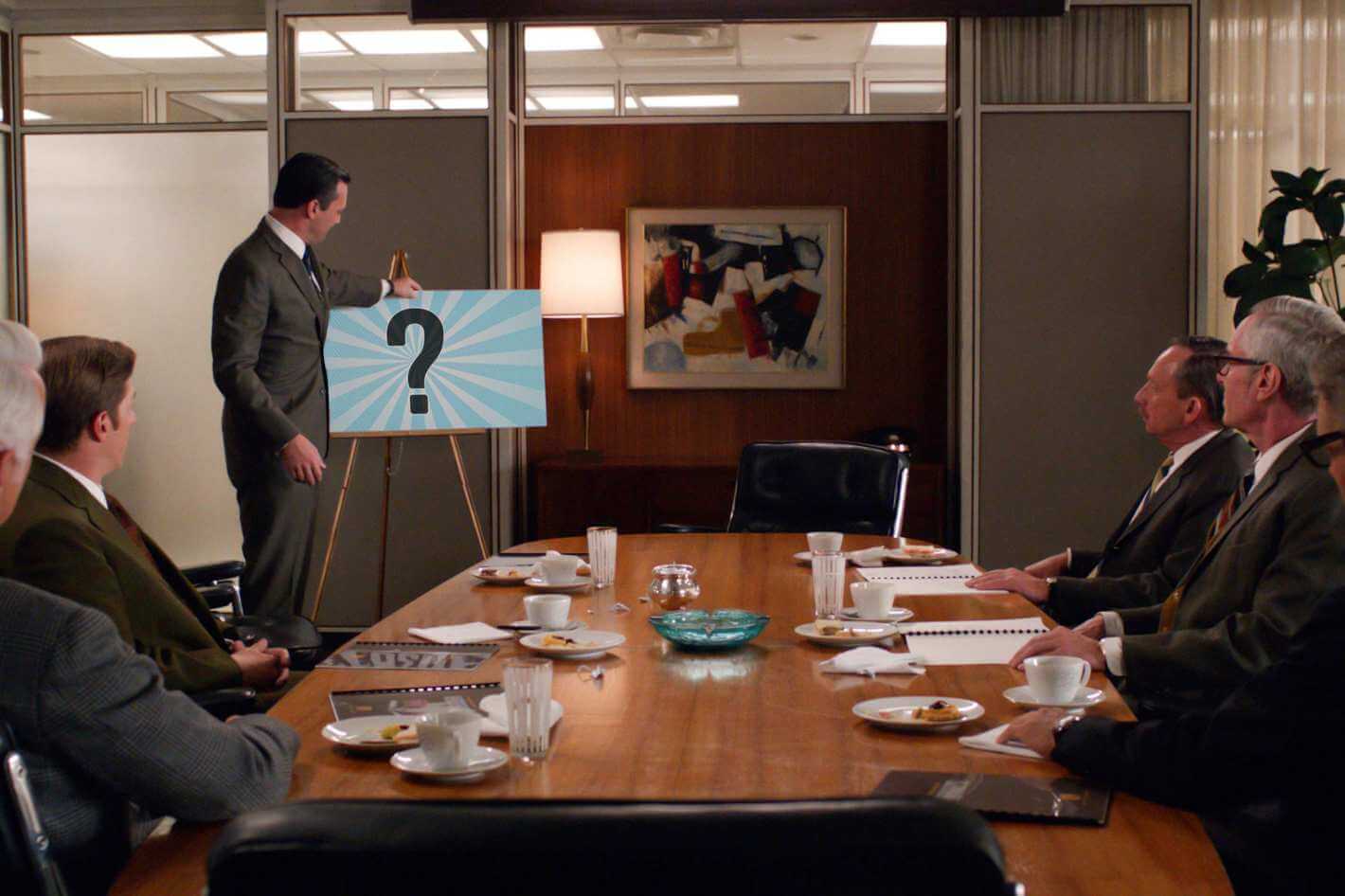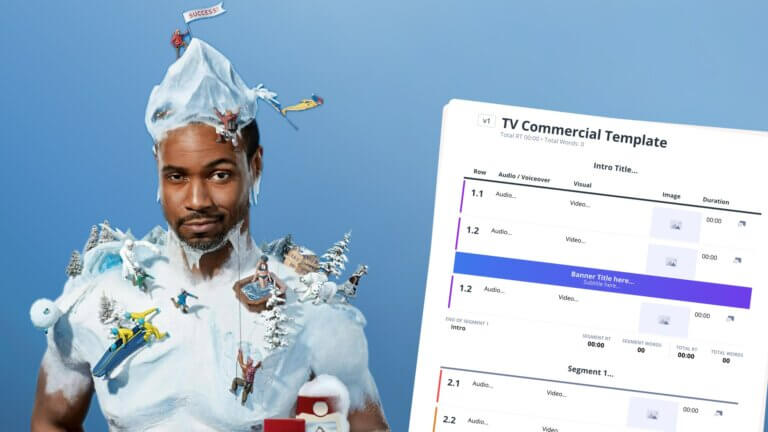In any story, drawing comparisons helps the audience connect new ideas to familiar concepts. One of the best tools for this is the simile. But what is a simile, and why is it so effective? Writers and filmmakers use similes to enrich dialogue, deepen character understanding, and add texture to themes, making storytelling more immersive. Understanding the meaning of simile and its role in writing is essential for any storyteller. If you’ve ever asked, “What is a simile?” This guide will walk you through both the definition and its creative applications. Before diving into examples, let’s first define simile and…
Production scheduling can be a tedious process that can quickly become overwhelming. But it doesn’t have to be that way. Creating a strong scene breakdown expedites and clarifies the scheduling process. We’ll look at how to make a scene breakdown, how it factors into scheduling, and why it’s so important.Scene Breakdowns ExplainedWhat is a Scene Breakdown?A script breakdown is made to kick off pre-production.So you've got your script in hand and your pre-production team ready for action. Don’t freak out: you just need to organize what you need for each scene. This is called a scene breakdown (or “script breakdown”…
Mood boards are often used to explore ideas and stories visually. Whether it be through art, design, or film, having a mood board as a starting point can help jump start the creative process. We’ve rounded up some of the best mood board examples from film, design and art that serve as great sources of inspiration for projects of all kinds from fashion to interior design to cinema. Let’s dive in.Continue reading 15 Mood Board Examples in Film, Art, and Design
Humans are multitaskers. We can listen to the news while doing dishes; we can pat our heads and rub our stomachs; and we can walk and talk. Humans in movies and TV especially love to do the last option. The walk and talk is a strategy used by directors in countless shows and films. Let’s look at how the walk and talk works, where it shows up, and why you may want to use it.Continue reading The Walk and Talk in Film & TV — Writing & Shooting Tips
Writing a screenplay can be hard. The blank white page dotted with a blinking cursor can be daunting. There’s no one way to turn that blank page into a hundred and twenty riveting ones, but there are a few time-tested steps you can take to make the process a little bit easier. Let’s look at how to write a screenplay. Continue reading How to Write a Screenplay — Step-by-Step Process
As the lovechild of the Costume Drama and the Fantasy Adventure, the Western might have more considerations that go into producing it than any other genre. When shooting a western, you’ve got costumes, animals, and stunt work to contend with. You’ve got locations and dirt and weather…And that’s just on an ordinary shoot day. In this post, take a look at a few of the many considerations that go into shooting a western by breaking down a scene from HBO’s Westworld. Continue reading Breaking Down the Contemporary Western: Westworld
Dramatic irony is one of the three main types of irony. Like verbal and situational irony, dramatic irony is an integral element of storytelling. The power a writer or director can yield with a firm grasp of dramatic irony is huge. But what is dramatic irony and how does it work?In this article, we’re going to define dramatic irony. We will also discuss the stages of dramatic irony and a subtype called tragic irony. By the end, you'll know how to implement dramatic irony in your own works.Continue reading What is Dramatic Irony? Definition and Examples
Situational irony is a broad term with near-endless applications. At a fundamental level, every story has some aspect of situational irony – which means that it's a key component of storytelling. But what is situational irony? We’re going to define situational irony by looking at situational irony examples in film and TV. By the end, you’ll understand how situational irony works – and how d you’ll be able to add intrigue and complexity to your storytelling.Continue reading What is Situational Irony? Definition and Examples
Video concepts are only as good as how you pitch them. Your video agency may have the next ‘Got Milk’ campaign on your hands, but if you go into the meeting rambling and unprepared, it won’t matter.Continue reading How to Pitch a Video Concept that Wins Over Clients
If you’ve seen one commercial, you've seen 'em all, right? Not exactly. Each commercial is a unique production and requires everything a short film does. Scripts, shot lists, script breakdowns, shooting schedules, and more. In this post, we break down the TV commercial production process and everything you need to do before the cameras roll.Continue reading TV Commercial Production Prep — From Script to Schedule
